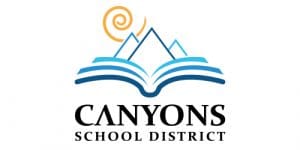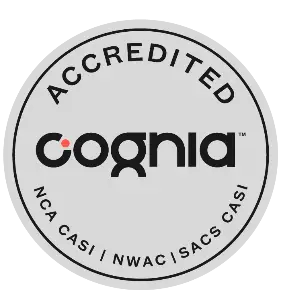His waterwise approach to maintaining the turf on Canyons School District fields has conserved millions of gallons of water. His push to place mechanical systems in “unoccupied mode” when school buildings are vacant, along with heating, cooling and lighting upgrades, has helped reduce the District’s carbon footprint by 45 percenteven with the addition of 1 million square feet of new construction.
For these, and other, trailblazing efforts to champion the environment, CSD Energy Specialist Chris Eppler was named an Energy Pioneer at the Governor’s 2017 Utah Energy Development Summit on May 4. Organized to brainstorm a sustainable energy future for Utah, the two-day summit drew more than 1,000 attendees.
{source}
<!– You can place html anywhere within the source tags –>
<iframe width=”560″ height=”315″ src=”https://www.youtube.com/embed/yo1U1HhyHTs” frameborder=”0″ allowfullscreen></iframe>
{/source}
“These are exciting times for the energy industry times characterized by rapid changes in how we produce, deliver and use energy,” the governor said in a press statement, expressing appreciation for the movers behind innovations such as, underground geothermal laboratories, wirelessly charging electric vehicles, utility-scale compressed air storage, carbon capture and sequestration, and the production of carbon fiber from coal.
‘Healthy Schools’ Steps at Canyons
ENERGY: Since the district’s inception in 2009, we’ve reduced our carbon footprint by 39 percent or 6,923 metric tons of CO2 even as our facilities have grown by 1 million square feet, says Canyons’ Energy Specialist Christopher Eppler. That’s the equivalent of taking 10,311 cars off the road. This was accomplished by upgrading heating, cooling and lighting systems in older schools and by placing mechanical systems in “unoccupied” mode when buildings are vacant.
WATER: Canyons also is doing its part to curb water usage; the district has about 370 acres of turf to maintain. With a $15,000 grant from the Central Utah Water Conservancy District, Eppler hired and trained Canyons students to help survey, monitor and adjust school water schedules based on the root zone, type of grass, shade, soil type and evaporation rate. In July 2014, the district used 16.5 million gallons less than in July 2012 and 9.5 million gallons less than in July 2013.
RADON TESTING: Canyons District was recently honored by the Utah Division of Environmental Quality for its radon-testing program. CSD is the only district in Utah that regularly tests schools for radon with all buildings tested at least every two years.
CLEAN AIR: On Earth Day, Canyons became the first school district in Utah to go idle free at all of its schools. The campaign kicked off early in the morning at Ridgecrest elementary school where “no idling” signs were installed and students greeted drivers with placards, informational pamphlets and window clings to place in vehicles. Eventually, signs will be placed at all Canyons schools and “no idling” pledges will be sent home with students, encouraging parents to voluntarily pledge to “turn their key and be idle free.”



